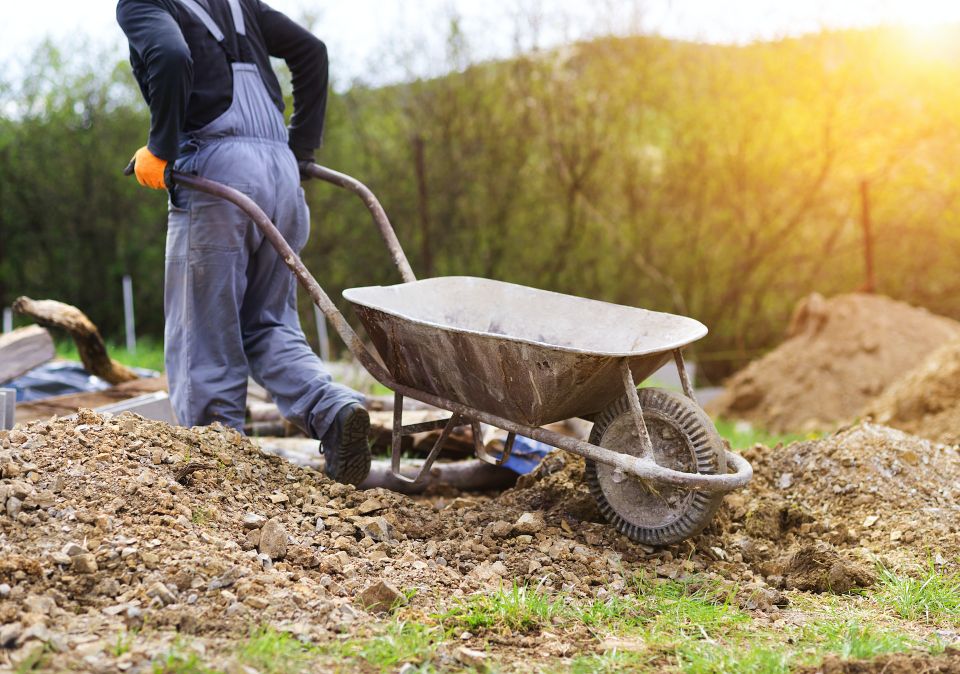Soil is a crucial component of any construction project. It provides the foundation for any structure and plays an important use in the stability and durability of the building. However, not all soil types are perfect for construction purposes. Some soils may need to be stronger or more stable, making them unsuitable for building.
In such cases, soil stabilization and modification techniques are used to improve the soil’s properties and make it more suitable for construction.
In this blog, we will discuss the comparison between soil stabilization vs. soil modification in detail.
Soil StabilizationSoil stabilization is an approach used to improve the strength and stability of the soil. It mixes a stabilizing material into the soil to improve its mechanical properties. The stabilizing material can be cement, lime, fly ash, or any other material that can enhance the strength of the soil.
The main benefits of soil stabilization are:
Improved strength and stability of soil
Increased load-bearing capacity of the soil
Improved resistance to erosion
Reduced permeability of the soil
Improved durability of the soil
Soil stabilization is commonly used in constructing roads, highways, airports, and other infrastructure projects. It is also used to construct buildings, dams, and other structures that require a stable foundation.
Soil ModificationSoil modification is a procedure employed to improve soil's physical properties. It adds material to the soil to change its properties. The material can be organic or inorganic, added to the soil surface, or blended in with the soil.
The main benefits of soil modification are:
Improved water retention in the soil
Improved aeration in the soil
Reduced soil compaction
Improved nutrient availability in the soil
Improved root growth and plant health
Soil modification is commonly used in agriculture, landscaping, and gardening. It is also used to construct sports fields, golf courses, and other recreational areas.
Comparison between Soil Stabilization and Soil Modification
1. PurposeThe primary purpose of soil stabilization is to improve the strength of the soil, while the primary purpose of soil modification is to improve the physical properties of the soil. Thus, soil stabilization increases the soil's stability to support structures or prevent soil erosion. Soil modification, on the other hand, aims to improve soil fertility and enhance plant growth.
2. Materials UsedSoil stabilization uses materials such as cement, lime, fly ash, or other stabilizing agents to improve the strength of the soil. On the other hand, soil modification uses organic or inorganic materials such as compost, peat moss, sand, or gravel to improve the physical properties of the soil.
3. Method of ApplicationSoil stabilization involves mixing the stabilizing material into the soil, while soil modification involves adding the material to the soil surface or mixing it in with the soil.
4. Application AreaSoil stabilization is commonly used in constructing roads, highways, airports, and other infrastructure projects. Soil modification is frequently used in agriculture, landscaping, gardening, and the construction of recreational areas.
ConclusionSoil stabilization and modification have unique benefits and drawbacks. The choice between the two techniques depends on the purpose of the project and the type of soil being used. Soil stabilization is ideal for projects that require a stable foundation, while soil modification is ideal for projects that require improved physical properties of soil. It is essential to consult a soil expert before deciding which technique to use.
Terra-Firma Stabilization & Reclamation is a leading provider of asphalt pulverization, soil improvement and modification, stabilization, and full-depth reclamation services. Our expertise in these areas allows us to provide clients with practical solutions for their construction needs. To witness our company's commitment to quality and sustainability for
soil stabilization and modification, contact us today.

